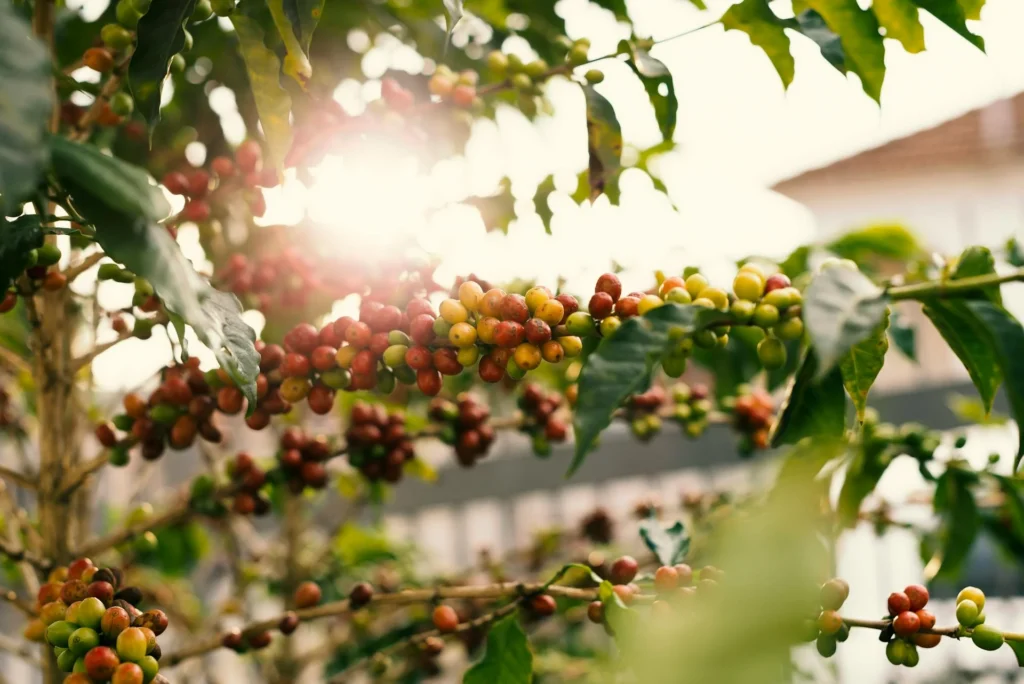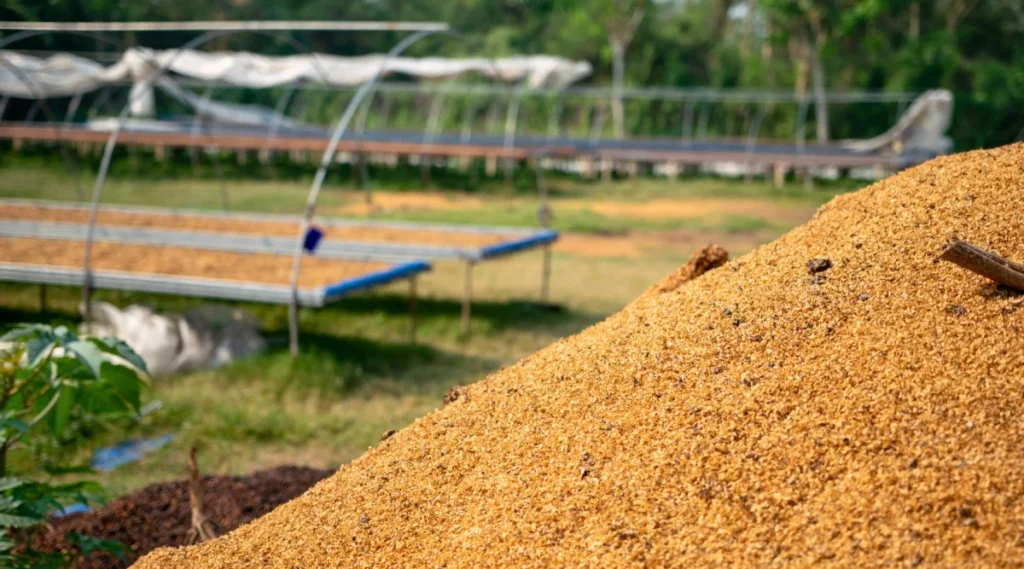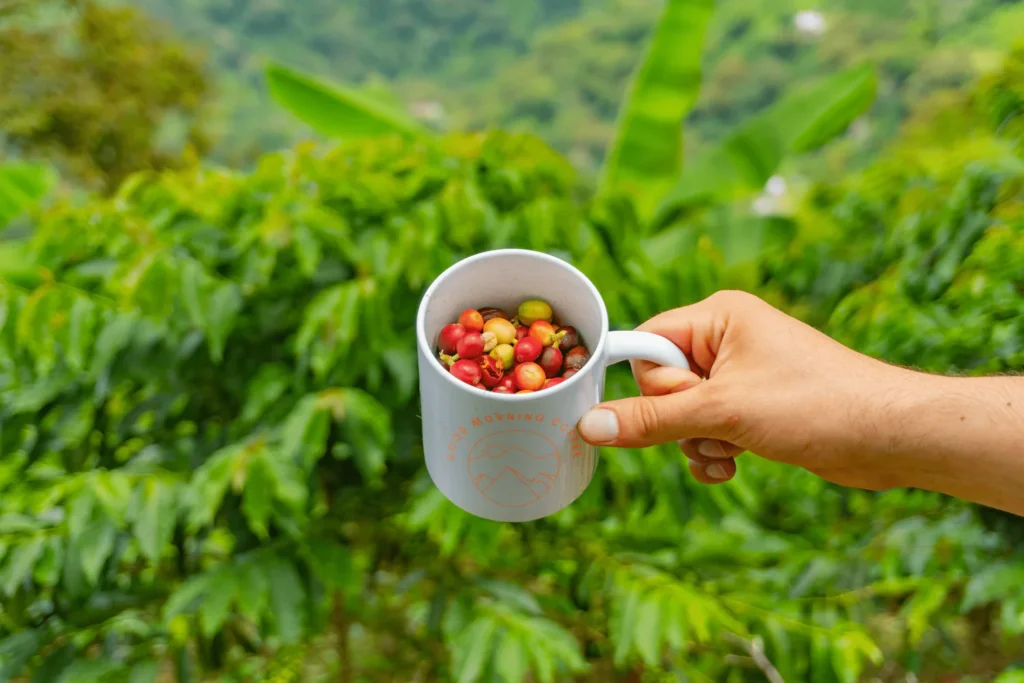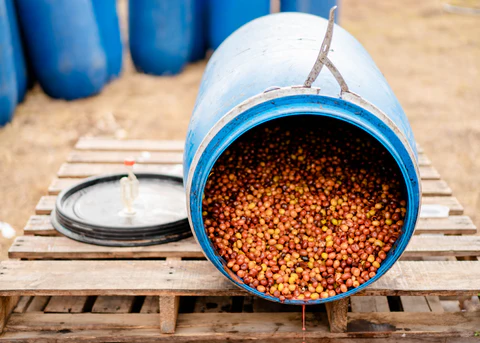Espresso has long been the bold, concentrated heart of coffee culture—but in the specialty coffee world, it’s evolved into something even more complex. No longer just a fast caffeine hit, espresso is now a sensory experience, a showcase of origin, and a canvas for innovation. From precise roast profiling to pressure profiling machines and transparency in sourcing, espresso has become a symbol of craftsmanship.
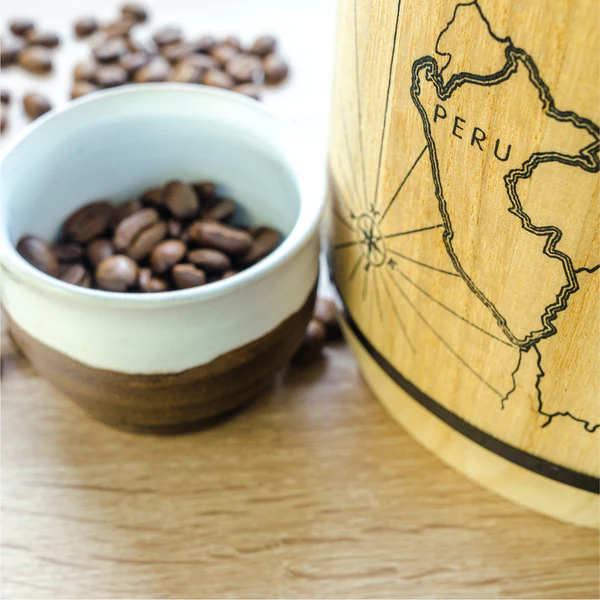
In this post, we’ll explore how espresso fits into the third wave movement, how it’s transformed over the years, and what defines a “specialty espresso” today.
What Is Specialty Coffee and Where Does Espresso Fit?
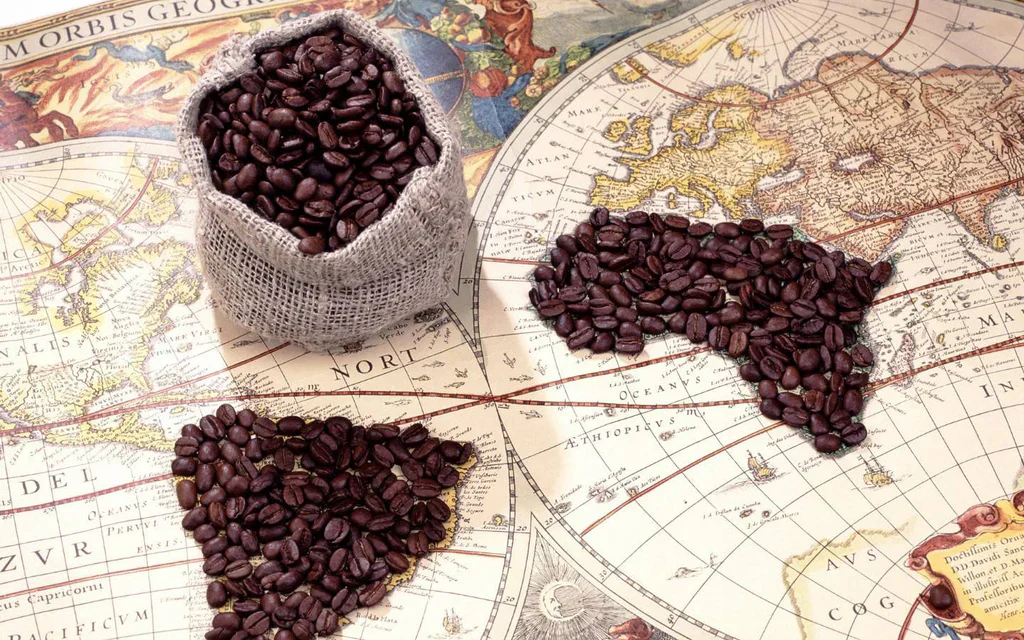
Defining Specialty Coffee
According to the Specialty Coffee Association, specialty coffee scores 80 or higher on a 100-point scale based on attributes like aroma, acidity, body, balance, and uniformity.
In espresso, these same standards apply—but are evaluated under intense pressure, short brew times, and smaller volumes.

The Shift from Commodity to Craft

- 1st Wave: Convenience, mass production
- 2nd Wave: Espresso drinks & café culture (Starbucks era)
- 3rd Wave: Coffee as an artisanal product, emphasis on traceability, brewing precision, and transparency
Espresso in the third wave world is about highlighting terroir, ethics, and skill—not just strong flavor.
Characteristics of Specialty Espresso
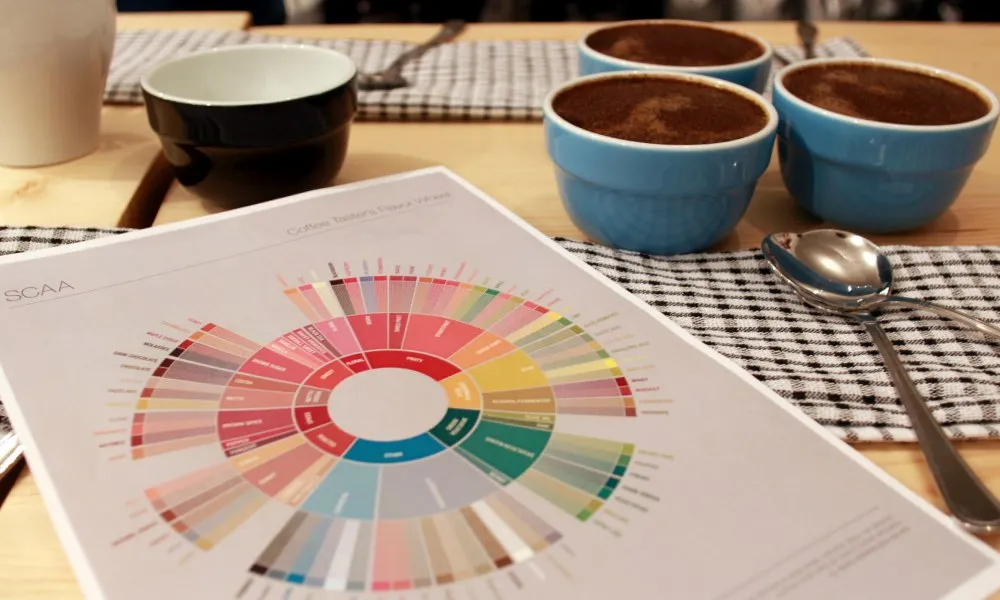
Flavor Clarity
Specialty espresso seeks layered flavors—bright acids, juicy fruits, balanced sweetness, and long-lasting finishes.
Sweetness and Acidity
Well-extracted espresso should have a natural sweetness and clean, vibrant acidity—not sour or bitter dominance.
Body and Mouthfeel
Not just thick or heavy—specialty espresso can be silky, tea-like, juicy, or creamy depending on the bean and roast.
Single-Origin Espresso: A Third Wave Hallmark
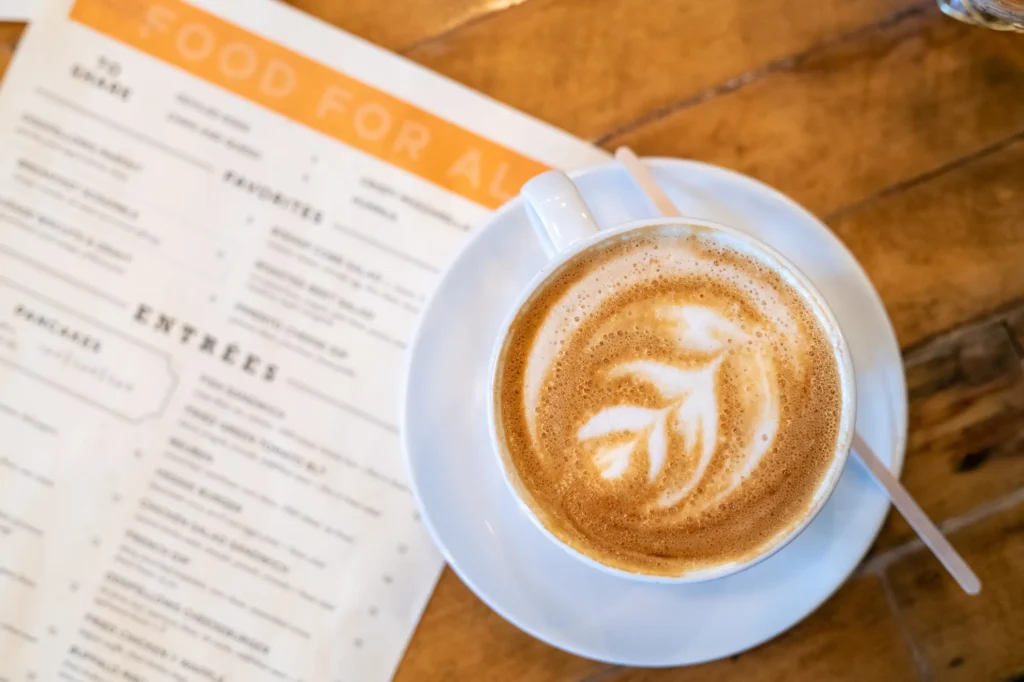
Unlike traditional cafés that stick to blends, specialty shops often rotate single-origin espressos weekly or monthly, offering a more dynamic, educational experience.
Benefits of Single Origin for Espresso
- Showcases terroir and microclimate
- Allows customers to experience seasonality
- Builds transparency and appreciation for producers
Espresso Machines in the Specialty World
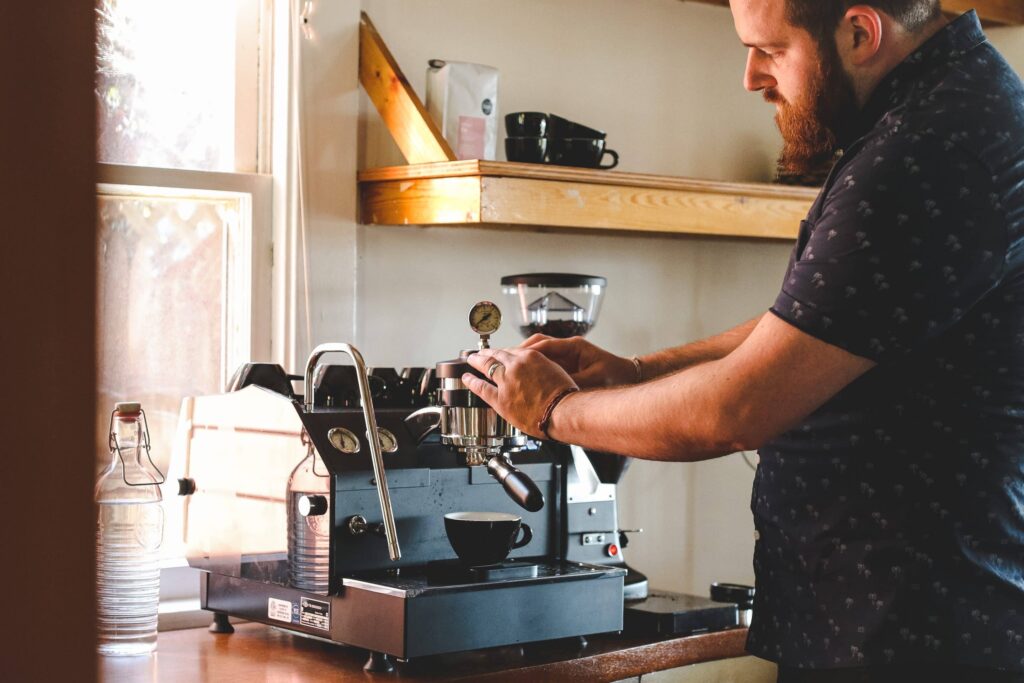
Precision Brewing Technology
- PID temperature control
- Flow and pressure profiling
- Volumetric and gravimetric dosing
- Pre-infusion programming
These tools give baristas fine control over every variable, allowing deeper expression of coffee flavor.
Roasting for Specialty Espresso
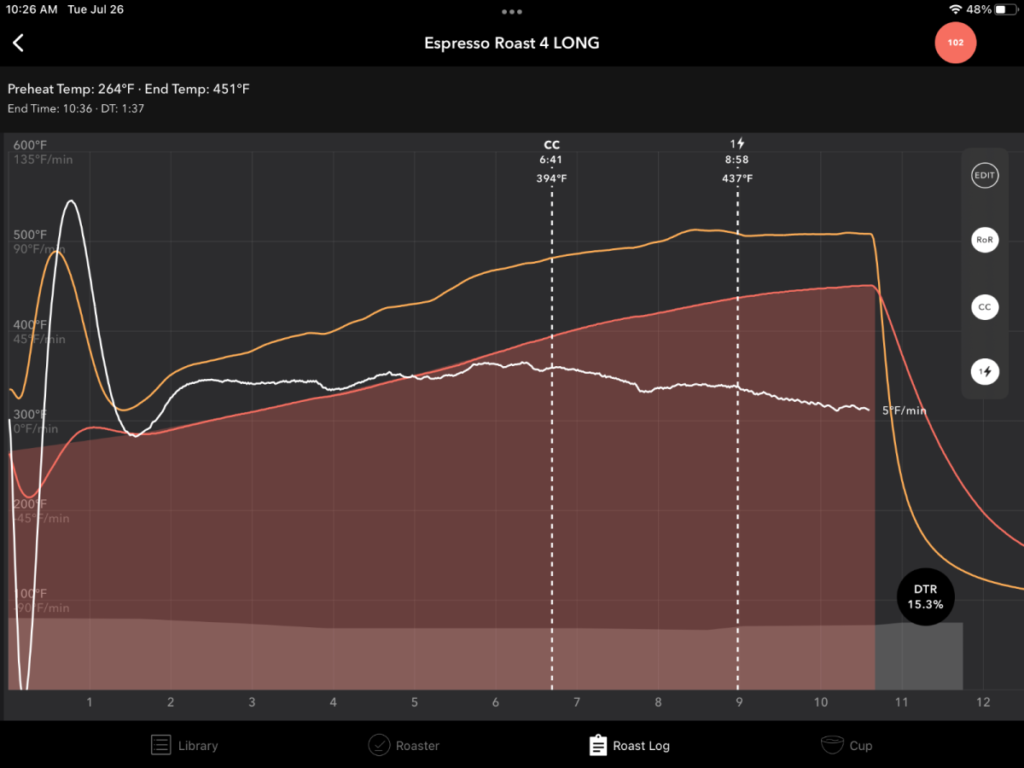
Lighter, Flavor-First Roasts
Roasters now design espresso profiles that emphasize acidity, balance, and sweetness, rather than masking with dark roast bitterness.
Espresso-Specific vs Filter Roasts
Some roasters produce dual roast profiles for the same origin—one optimized for filter, the other for espresso extraction.
Espresso as a Sensory Experience

Specialty cafés offer espresso flights, side-by-side origin tastings, and guided experiences to help customers appreciate the diversity in espresso.
Some shops even cup espresso the way they cup filter—judging aroma, brightness, sweetness, and finish.

The Role of the Barista in Specialty Espresso
Baristas today are expected to be scientists and storytellers—dialing in shots precisely, communicating farm information, and adjusting recipes for consistency.
In many cafés, dial-ins happen multiple times a day based on bean age, humidity, and traffic flow.
Transparency, Ethics, and Sustainability
Specialty espresso also means paying attention to ethics:
- Direct trade sourcing
- Environmental sustainability
- Producer relationships
The espresso shot becomes a representation of the entire supply chain—from soil to cup.
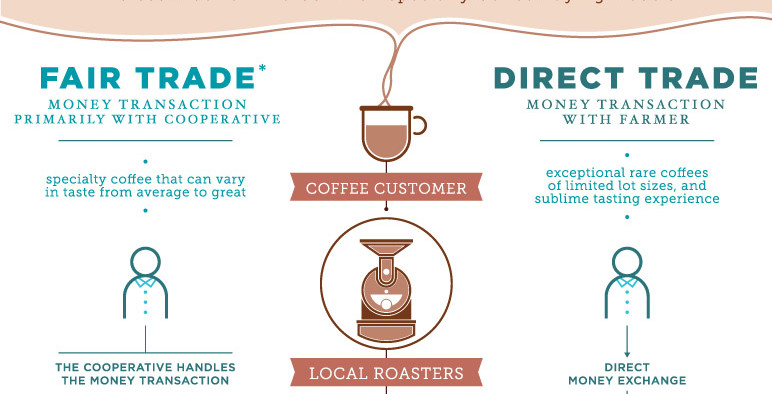
Final Thoughts: Espresso Has Become an Artform
Espresso is no longer just a caffeine fix—it’s a craft beverage, an educational tool, and a sensory language. In the specialty world, it’s treated with the same reverence as fine wine or craft chocolate.
Whether you’re a barista dialing in at 7:00 a.m. or a home enthusiast chasing clarity, espresso today is about more than strength—it’s about expression, connection, and evolution.
Written by Jose Luis Surjan
Espresso & Latin Food Expert

